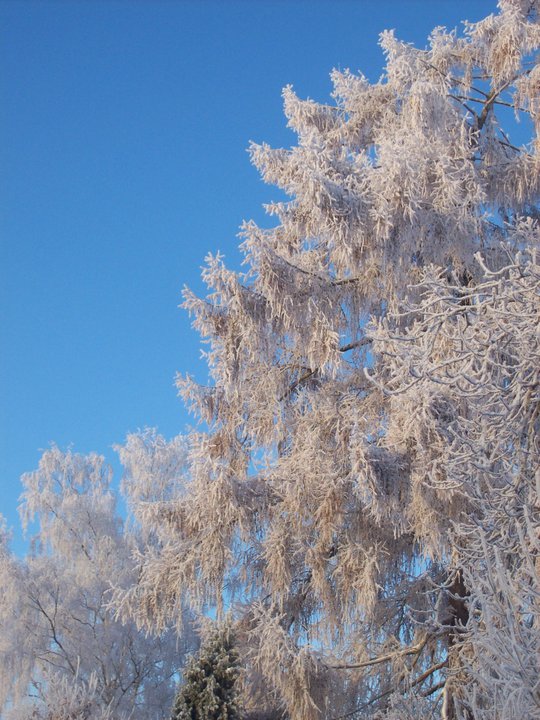
Many established scientist thought that trees were wiped off in the north in the Little Ice Age, which started some 115.000 years ago. That is not the case according to Danish scientist.
Their newly published study claims that that conifer grew in northern Scandinavia in the glacial period despite several kilometer thick ice sheets.
A huge ice sheet covered the Northern region of the world, melting some 9000 years ago. But the research show that the conifers protruded from the enormous ice sheet, on islands and in coastal areas.
"This means that we need to rethink how life reacts to global climate changes and that life on Earth is a lot more robust than we think," says Professor Eske Willerslev, of the Centre for Geogenetics at the University of Copenhagen, who headed the research.
The scientist used DNA technology to determine that the trees did not have to completely emerge from the south around 9000 years ago, some actually survived.
The Swedish professor of physical geography at Umeå University, Leif Kullman, caused a heated debate among scientist when he claimed that he found remains of trees throughout Scandinavia that dated back before the time the ice melted away. That suggested that ice free areas did exist, causing a stir in the scientific community. Now the new proof supports Kullmans theory.
After researching over 100 European spruces the researchers found two gneric types, one of which is only found in Scandinavia. The other specie migrated from the south.
Sediments at the bottom of a lake in Trøndelag in central Norway revealed samples of 10,300 year-old DNA, which indicate that the indigenous Scandinavian spruce type was located in central Norway, while the country was supposed to have been covered by a thick layer of ice.
From samples dating back some 20,000 years, they also managed to identify DNA from both pine and spruce on the island of Andøya in northwestern Norway. "This means that Kullman, who everyone though was mad, was probably right," says Willerslev.
Sources